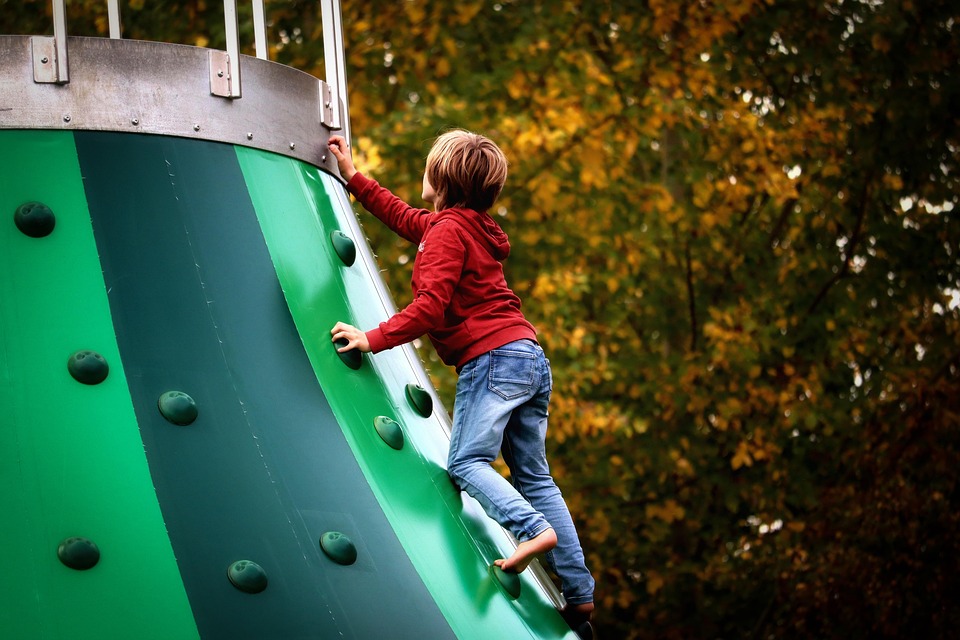Climbing, a sport that involves techniques ranging from bouldering on short rock formations to scaling towering cliffs, has long been admired for its physical and mental challenges. But beyond the thrill of reaching a summit lies a deeper potential: climbing as a universally accessible activity. As awareness of inclusivity grows, climbing is evolving into a sport that welcomes individuals of all abilities.
The Changing Landscape of Climbing
Historically, climbing has been perceived as an exclusive domain, primarily dominated by able-bodied individuals. However, this narrative is changing swiftly. Communities are rallying to create inclusive spaces and opportunities that welcome everyone, regardless of physical ability, age, or experience. Organizations and climbing gyms are recognizing the benefits of diversity among climbers and the importance of creating safe environments that accommodate different needs.
Accessibility Initiatives
-
Adaptive Equipment: One of the most significant advancements in inclusive climbing has been the development of adaptive equipment. From specialized harnesses and prosthetic limbs designed for gripping holds, to innovative climbing chairs, the right gear can make all the difference. Companies are now manufacturing equipment tailored specifically to enhance accessibility for climbers with varying physical abilities.
-
Inclusive Climbing Gyms: Many climbing gyms now feature adaptive climbing walls with modified holds and adjustable heights to accommodate wheelchairs and different body types. These facilities often provide sensory-friendly options for those with sensory sensitivities, incorporating quieter environments and visual aids to enhance understanding of climbing techniques.
- Training and Certification: To ensure that climbing instructors are equipped to assist climbers of all abilities, training programs focused on adaptive climbing techniques have emerged. Certification courses make it possible for instructors to work effectively with diverse populations, ensuring that everyone can enjoy the sport safely.
Community Engagement
Local Organizations: Various nonprofits and community initiatives are actively working to introduce climbing to individuals with disabilities. Programs such as the Adaptive Climbing Academy and Paradox Sports provide workshops, mentoring, and group climbing experiences to foster inclusivity. These organizations create a supportive community where climbers can connect, share experiences, and inspire each other.
Buddy Programs: Pairing experienced climbers with newcomers can enhance the experience for all participants. Buddy programs not only promote skill development but also foster relationships and camaraderie, breaking down the barriers that may intimidate potential climbers.
The Psychological Impact
Climbing is not just a physical activity; it also has profound psychological benefits. For individuals with physical disabilities or mental health challenges, climbing offers a sense of achievement, empowerment, and community. Overcoming a climbing route can provide a confidence boost and foster resilience, helping participants realize their own potential and capability.
Events and Competitions
Inclusive climbing competitions are on the rise, offering adaptive categories in traditional climbing events. These competitions also serve to raise awareness, showcasing the talents of climbers with disabilities and inspiring others to break through limitations. Events like the Adaptive Climbing Nationals highlight not just competition but also the spirit of collaboration and community within the climbing world.
Looking Ahead
The future of climbing is one that is not only ambitious but hopeful. As more individuals and organizations advocate for inclusion, we can expect continued innovations in equipment, training, and accessibility.
The climbing community is on a journey—one of education, adaptation, and acceptance. By embracing diversity and fostering an environment where everyone can climb, we not only enrich the sport but also create opportunities for personal growth and connection.
Conclusion
Climbing is for everyone. With an increasingly inclusive approach, individuals of all abilities can experience the joy of ascending vertical walls, the thrill of reaching new heights, and the camaraderie that comes from sharing the climbing experience. The movement towards inclusivity is not just a trend; it is a revolution that champions the belief that the mountains belong to all of us—so let’s redefine who gets to climb them.



